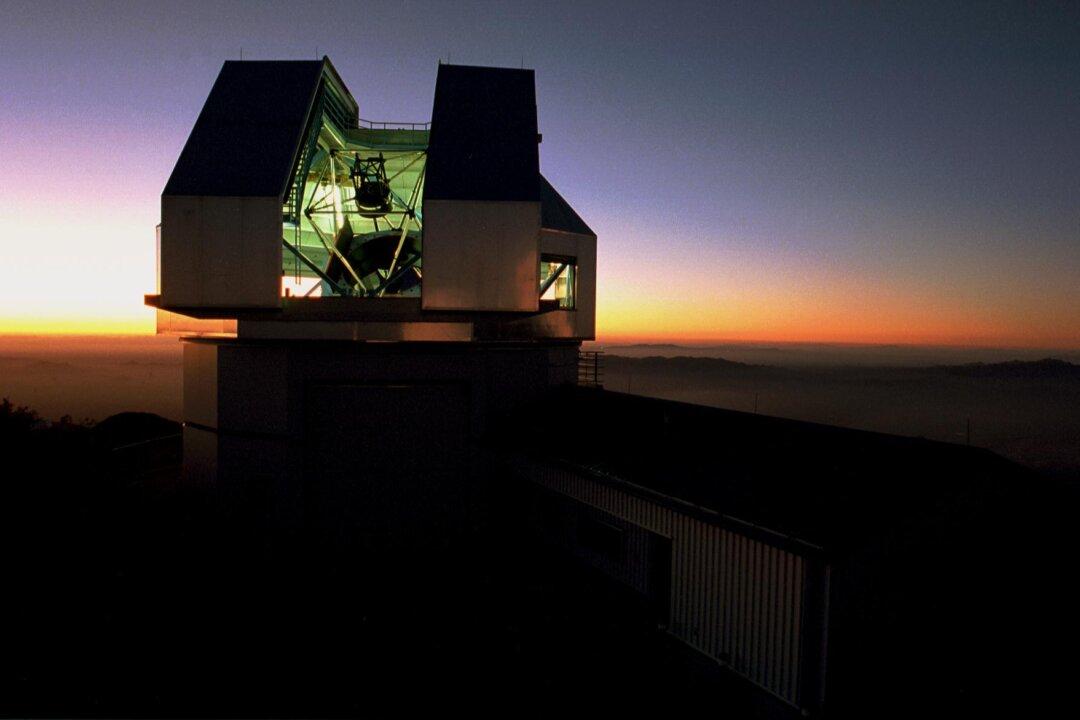NASA selected a Penn State-led team to build its new $10 million planet detector, according to a March 29 press release.
The new gadget will search for planets outside our solar system, known as exoplanets.
To detect exoplanets, researchers will use the instrument to measure the tiny back and forth “wobbling of stars,” which is caused by the gravitational tug of a planet in orbit around it. The movement indicates a planet orbiting the star, and the size of the wobble designates how immense the planet is.




